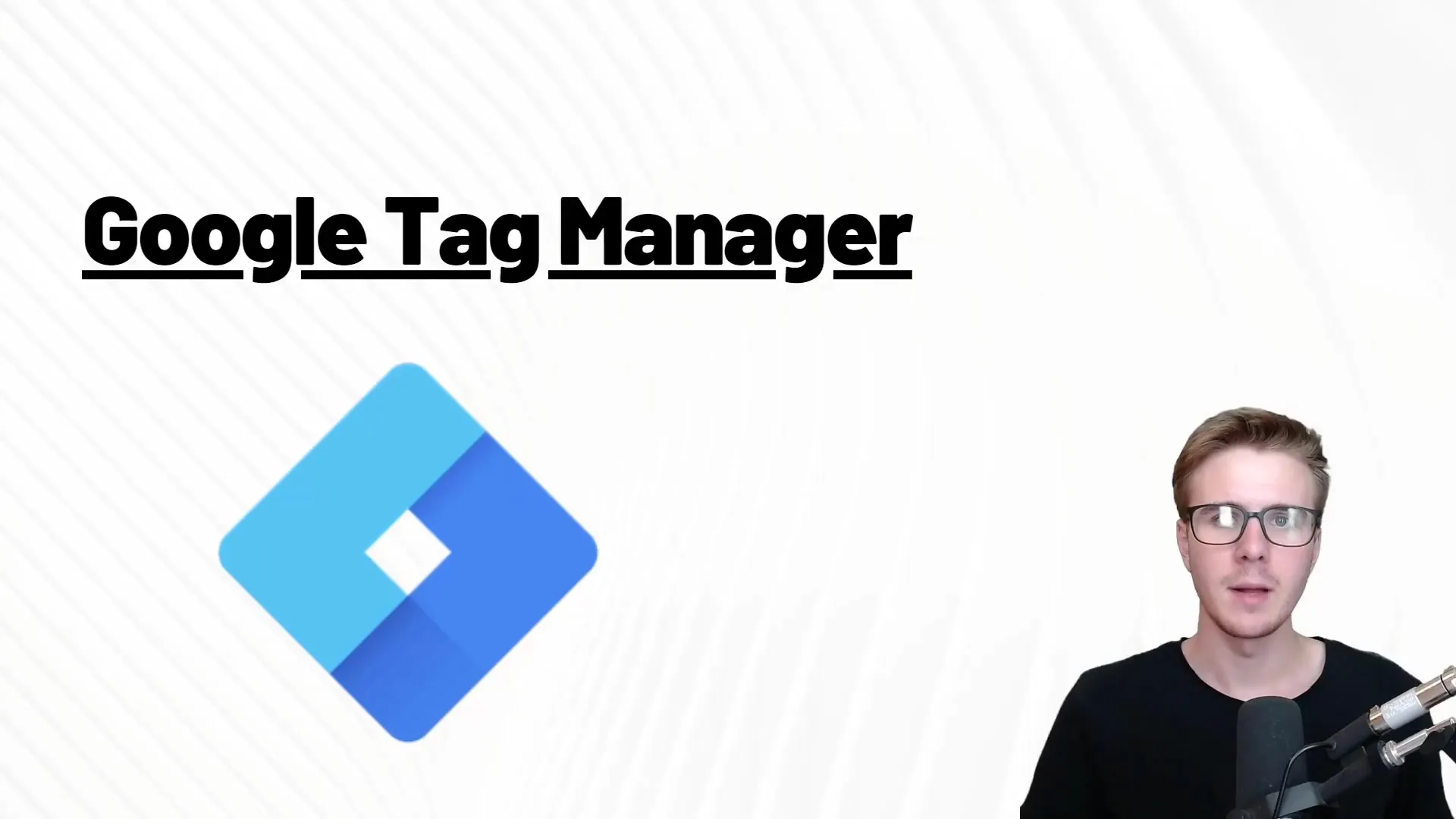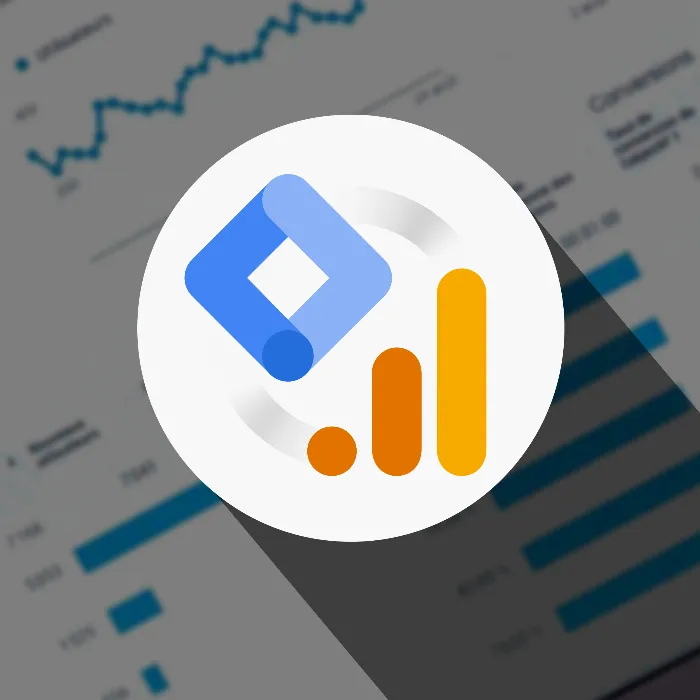The Google Tag Manager is an extremely useful tool for managing tracking elements on your website. This introduction provides you with a comprehensive overview of the features and benefits of Google Tag Manager. It is important to understand how this tool works before you start using it effectively for your marketing and analytical needs.
Key Takeaways
Google Tag Manager is a free Tag Management System that helps you easily manage various tracking codes and marketing pixels. You can insert tracking codes without programming knowledge by managing everything in a central container. This saves you time and avoids the need to constantly rely on a programmer.
Step-by-Step Guide
Step 1: Understand the Basics of Google Tag Manager
Google Tag Manager is a tool that allows you to implement tracking codes on your website without directly interfering with the source code. By creating a container to store your tracking codes, you can easily add new tags and manage existing ones.

Step 2: Create a Google Tag Manager Account
To use Google Tag Manager, you must first create an account. Visit the Google Tag Manager website and sign in with your Google account. After logging in, you will be prompted to create a new account. Fill in the required information and select the appropriate region.
Step 3: Create a Container
After creating your account, the next step is to create a container. A container is a collection point for all the tags you want to use on your website. You can create multiple containers, e.g. for different websites or projects. Give a meaningful name to your first website.
Step 4: Insert the Container Code on Your Website
Once you have created your container, you will receive a code snippet that you need to insert into the HTML code of your website. This step is crucial for the correct functioning of Google Tag Manager. Look for the
tag on your website and place the provided code there.
Step 5: Add Tags
Now you can start adding tags to your container. Tags are simple units that send tracking information to various services, such as Google Analytics or Facebook. Click on "Tags" in Google Tag Manager and then on "New". Choose the type of tag you want to add and configure its settings.
Step 6: Set Triggers
Triggers are conditions under which a tag is fired. For example, you may want to activate a tag when someone clicks on a specific button or visits a certain page. Click on "Triggers" in Google Tag Manager and create specific conditions for your newly added tag.
Step 7: Configure Variables
Variables are placeholders for values that your tag manager should use. You can define variables for tracking goals that you want to use later. These variables can include information such as the URL or user interaction. Click on "Variables" and add the desired variables.
Step 8: Preview and Debugging
Before publishing your changes, you should preview the implementation. Activate the preview mode to see how your tags, triggers, and variables work on your website. This helps you identify any potential errors before going live.
Step 9: Publish Changes
If everything is working as expected, you can publish the changes in Google Tag Manager. Click on "Submit" and describe the changes made. This will ensure that all new events can be tracked and managed.
Step 10: Integration of Google Analytics and Other Tools
Google Tag Manager is not only limited to managing tags but also acts as a bridge between your website and various analytics tools. Make sure to link your container to Google Analytics or other marketing platforms like Facebook Ads.
Summary
This guide has provided you with a comprehensive insight into the functionality and setup of Google Tag Manager. With this central control for tracking codes, you can work efficiently and without programming knowledge, saving you valuable time and increasing the satisfaction of your marketing team.
Frequently Asked Questions
How does the Google Tag Manager work?The Google Tag Manager allows you to centrally manage tracking codes without needing direct access to the source code.
Are programming skills necessary to use the Google Tag Manager?No, you do not need programming skills to effectively use the Google Tag Manager.
Can I manage multiple websites in Google Tag Manager?Yes, you can create and manage multiple containers for different websites in the Google Tag Manager.


